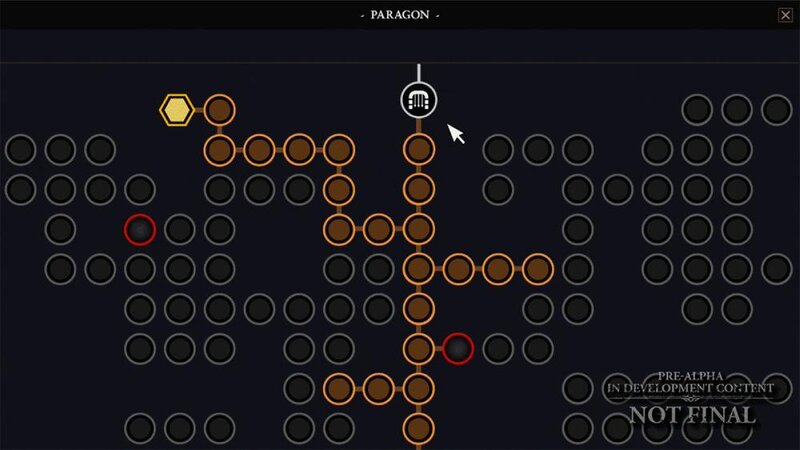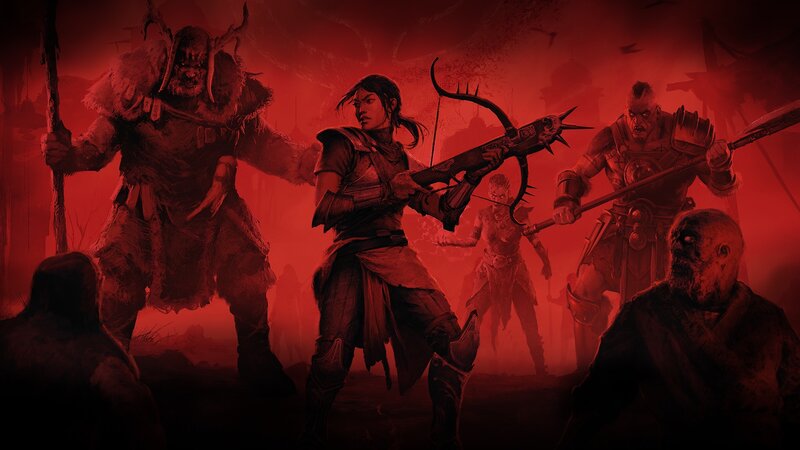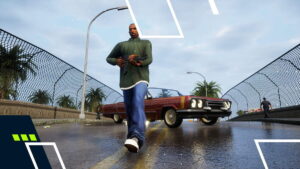Diablo 4 Skill Tree – Every Bit Of Information You May Need
Something that will define every player from one another…as long as they do not follow the meta builds, is the Diablo 4 Skill Tree that each class has to offer. All of the classes have a very diverse skill tree that opens up different ways to play them, and in the end game, you will definitely find yourself experimenting with your Skill Tree quite a bit in order to find that perfect build that is both strong and fun to play.
The best way to build your character in Diablo 4 is to understand all of the possible skills that they can unlock from their Skill Tree, along with their upgrades. If you do not want to read all about the Skill Trees yourself, you can check out the best Diablo 4 Barbarian build, Diablo 4 Rogue build, Diablo 4 Druid build, Diablo 4 Sorceress build, and Diablo 4 Necromancer build that we have already prepared for you.

@ Wowhead
Diablo 4 Skill Tree Guide
If you are still trying to figure out which of the Diablo 4 Classes you should go for, here is some insight into what the core Diablo 4 skills from the Skill Trees for each class are based on:
- Barbarian – Self-buffing and putting dots (damage over time) on enemies to bleed them out.
- Rogue – Increased mobility, quick attacking, placing traps, combos.
- Sorcerer – Elemental damage for controlling areas.
- Necromancer – Raising armies from the dead, using corpses to your benefit.
How Do Diablo 4 Skills Work?
What makes each Diablo 4 Skill Tree so amazing is that each class has multiple parts in the tree to focus on a certain playstyle. These parts are referred to as categories or clusters. In these clusters, you will be spending your skill Tree points in order to progress through the Skill Tree. You will have up to 58 skill points to spend as you level your character.
Each class has seven different categories, and their progress is Basic > Core > 3x Unique Class Category > Ultimate Category > Key Passives. For example, the Barbarian skills are split into the following categories:
Basic
- (Core) Fury
- (Unique Class Category) Defensive
- (Unique Class Category) Brawling
- (Unique Class Category) Weapon Mastery
- Ultimate
Key Passives
Let’s go into a bit more detail with these categories:
Basic
No matter which class you are playing, this category in the Skill Tree is the one you are going to start filling up first. The skills in this category are the weakest, and they have no cooldowns. They will help you generate your primary source to cast other skills that are stronger than basic ones.
Core
In order to unlock the Core category, you will have to spend two points in the Basic category. Core skills are pretty much the main damage source for each class, and they will be the skill that you want to use the most. In this category, you will also have upgrades for the Core skills, as well as some passives that are either a part of the upgrades or standalone.

@ Blizzard
Unique Categories
Each class has three Unique categories, and they will unlock after you spend six, eleven, and sixteen points in the Skill Tree. Each Unique category contains skills that focus on a specific type of gameplay, and they all have upgrades as well as passives. These categories can be oriented on mobility, defense, offense, or some other type of utility – it all depends on the class you are playing. In theory, you do not have to spend any skill points in Unique categories, but even the non-upgraded versions can sometimes be very useful.
Ultimate Category
By far, the most interesting category in Diablo 4 is the Ultimate category, as this is where each class has their most powerful abilities. In order to unlock Ultimate abilities, you will have to spend 23 points in the Skill Tree beforehand. The skills in this category are incredibly powerful and they have very long cooldowns compared to other skills in the game. You can also choose only one Ultimate skill.
Key Passives
Even if they are not that exciting compared to Ultimate skills, the Key Passives are almost as powerful, which is why you can also pick only one. To pick a Key Passive, you will be required to have at least 33 points in the Skill Tree.
Read Also: Is Diablo 4 Multiplayer?
The Legend Of The Skill Tree
To make the navigation through the Skill Tree a bit easier, here is a quick legend that you can follow:
- Active Skills – These are square-shaped nodes, and they are only found in the first five categories. Each active skill can take up to five skill points, where each additional point beyond the first that unlocks the ability will make the effect more powerful (when you go 5/5, it will be 40% stronger than an active with 1/5, as each point is worth 10% of the active’s power).
- Ultimate Skills – These are pretty much the same like active skills, they are square-shaped, but unlike active skills, you can only invest one skill point in them, and you can only have one ultimate skill.
- Skill Upgrades – These are diamond-shaped, and they are attached to active skills. These upgrades unlock the Enhanced version of your skills. After you unlock them, you will have to choose between one of two additional upgrades to make the active ability even more powerful. When it comes to ultimate skills, they have two linear upgrades.
- Passives – These are round-shaped, and you will find them in all categories. You can put up to three skill points into each passive, and each point is 10% of the power, making the 3/3 three times stronger than a 1/3. Some passives will require you to unlock previous passives in that line before you can unlock them (similar to the secondary skill upgrades).
- Key Passives – These are round-shaped and they will give powerful effects. Once you have 33 skill points in the tree, you can put one point into one of them.
How Do You Obtain Skill Points?
Starting from level two, you will obtain one skill point per level all the way until level 50. So, at level 50, you will have 48 skill points. You may have noticed that most guides feature 58 skill points in their Skill Tree builds, and that is because the other 10 points can be obtained through the Renown System.

@ Blizzard
What Is The Renown System?
Diablo 4 has five different zones, and each zone is full of quests, dungeons, and all other goodies that make Diablo 4 a fantastic game. As you do activities in each zone, you will be rewarded with certain rewards. Upon completing all activities that the Renown System has to offer, you will unlock these rewards on your account(implying that all of your characters will have this):
- 10 Skill Points
- 5 Potion Charges
- 20 Paragon Points
- 400 Obol Capacity
On top of these rewards, the character you complete the Renown System rewards will also get 1 240 000 Gold in total.
Read Also: Diablo 4 Items













